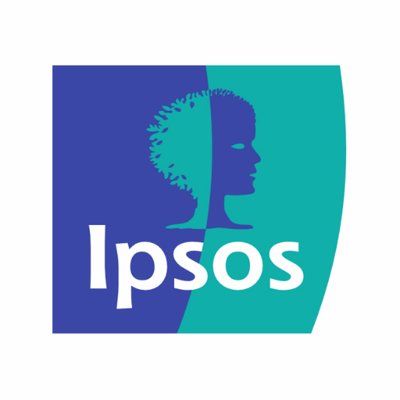Advertising Attention Research in 2016 | Ipsos & Google
Digital Advertising | USA
An Eye-Tracking Study provided by Ipsos & Google in 2016, with US consumers to understand the difference in attention paid to TV advertising & YouTube mobile advertising in a natural viewing environment.
By separating into 2 groups, the TV Viewers were tasked with wearing eye-tracking glasses for at least 90 minutes during their regular TV viewing sessions at home, and by using a camera facing the TV, in order to determine the length of advertising time.
While the other group, YouTube Mobile Viewers were tasked with wearing eye-tracking glasses for at least 45 minutes during their regular YouTube mobile viewing sessions at home, used a passive tracking app to the smartphones.
The study highlights in a capsule are:
- 55% of TV advertising time is spent multitasking, switching or skipping.
- 62% of all YouTube mobile advertising, paid and non-paid, receives viewers’ attention compared to only 45% of TV.
- 84% is more likely to receive attention for paid YouTube mobile ads than 45% for TV ads.
- Mobile YouTube viewers do not multitask during ads to the degree that TV viewers do.
- 73% of TV viewers agree that the number of TV ads during their favorite shows is annoying.

A Graph Shows The TV Viewers & Mobile Viewers Insights, 2016.







